QR codes, or “quick response” codes, are named for their ability to pull up information instantaneously when scanned. Though they’re similar to barcodes, they can hold more information. They originated in Japan in 1994, but it took almost two decades for them to become prominent in the United States. It wasn’t until August 2011 that their usage reached a new milestone, with 14 million Americans scanning QR codes in June alone.
QR codes fell out of popularity in the middle of the last decade but made a strong return to daily life in 2020, due to the COVID-19 pandemic. Restaurants began using them to share their menus, and merchants used them to link customers to online payment forms instead of accepting cash or credit cards.
But these examples don’t even scratch the surface of the ways businesses can use these codes to their advantage. QR code tracking gives business owners data they can use to improve both their sales and marketing.
The benefits of QR codes for marketing
Because they can be scanned by smartphone cameras, QR codes have many more applications than traditional barcodes, offering benefits to almost every industry. Here are some benefits for marketing and customer relationship-building efforts.
Quick and error-free scanning
Since the late 1990s and early 2000s, marketers have used billboards, magazine ads, and other traditional media to drive audiences toward digital experiences. In the past, this meant manually typing a URL into a computer. Now, consumers simply have to point their camera at a QR code to be sent to a specific website — and they don’t have to worry about typos.
Contactless experiences
Restaurants and merchants are already using QR codes for touch-free transactions to reduce the spread of germs. As some COVID-mitigation measures have become permanent, contactless experiences in public have become increasingly popular, and QR codes are one of the most effective ways to facilitate them.
Track more data
It’s possible to track every digital experience, which creates a treasure trove of data that marketers and advertisers can use to craft better customer experiences. For example it can be difficult to generate insight into how diners scan food menus — and tracking individual orders with credit card metadata is nearly impossible. But with QR code tracking, smartphone cookies can build a profile of what specific customers like to order, and businesses can use that for future engagement.
QR code tracking with Jotform
To take advantage of QR codes, you need the right tools. Jotform is one of the most versatile online form builders on the market, equipped with a number of widgets to help you create, manage, and embed QR codes into the forms you use in your day-to-day business operations. Here’s how to use it.
Make a QR code
First, Jotform allows you to generate your own QR codes for your online forms. To generate a code, simply create a new form and go to the Publish tab in the Jotform Form Builder.
Then, in the Quick Share menu under Share Options, click on the QR code icon. You’ll then have the option to share your QR code with a link, download the image file of the code (to print out, for example), or embed it on your website. When scanned, these custom QR codes will send customers to your online form.
Another use for QR technology is to create custom QR codes for specific people. Jotform’s dynamic QR code widget generates unique QR codes based on users’ responses. This widget is great for sharing digital gifts — such as individual coupon codes or download links — in exchange for completing a survey or providing contact information. These QR codes help you build a more complete profile of customer behavior so you can approach customers with customized discounts or advertising later on.
Think of the barcode you scan at the grocery store for occasional discounts. With Jotform’s dynamic QR code generator, it’s easy to create a similar loyalty program and build a database of your customers’ purchase history.
Track QR codes in Jotform Tables
Jotform doesn’t just help you create forms and QR codes — it also provides tools to manage the resulting data. For example, a spreadsheet in Jotform Tables allows you to track submissions to a form linked to a QR code. For merchants, this makes it easy to track metrics like how often a customer shops at your store and what they buy most often.
Visualize data with Jotform Report Builder
Jotform Report Builder allows users to create dynamic reports that break down QR code usage and other stats with just a few clicks, so you can present this information in clear and well-designed graphs and charts. You can use these visual reports to better understand consumer behavior, convey insights to other stakeholders in your company, or even educate customers on how much their participation in a loyalty program has saved them.
QR codes are back and more popular than ever, but they’re not just convenient for customers. They give businesses an unprecedented level of insight into how customers behave. Using Jotform to set up a proper database and QR code tracking system helps you make the most of these insights to build better relationships.




























































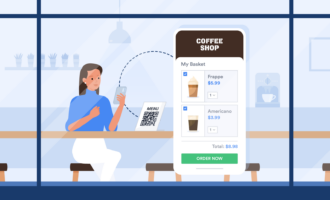




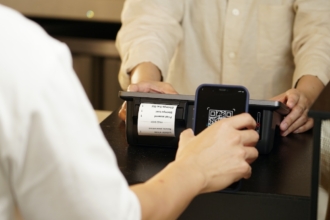




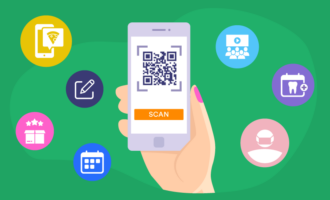



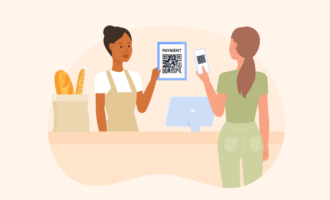
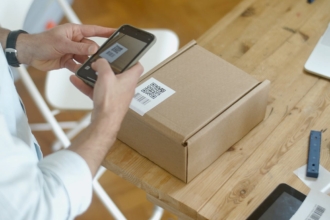
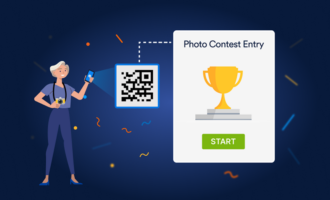







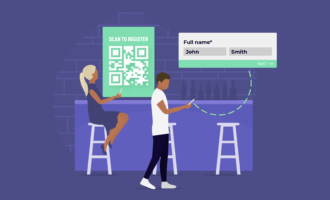
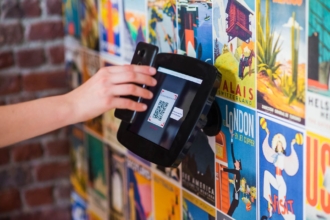

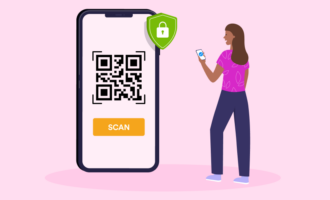




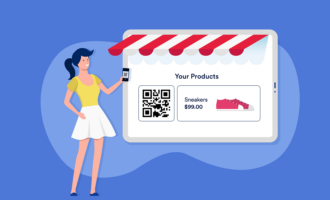





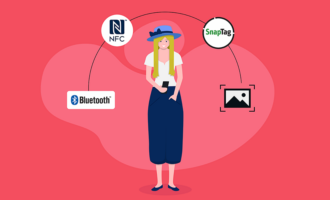
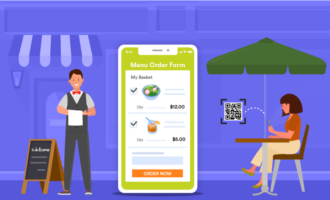






Send Comment: